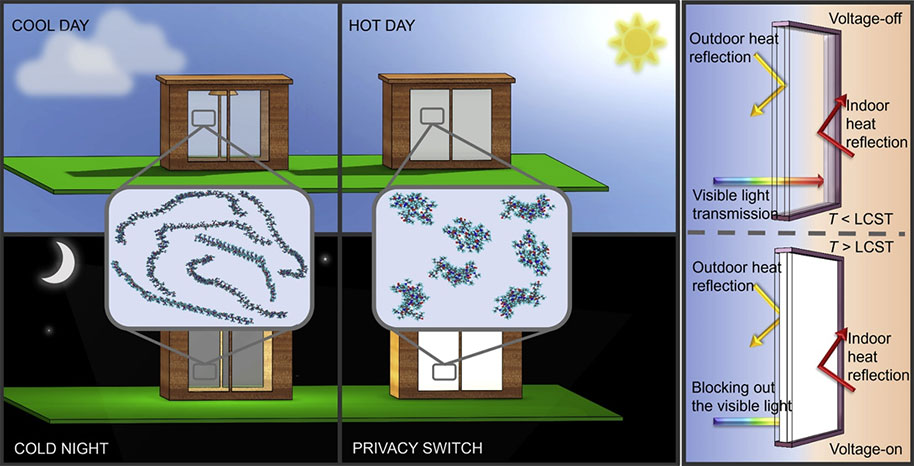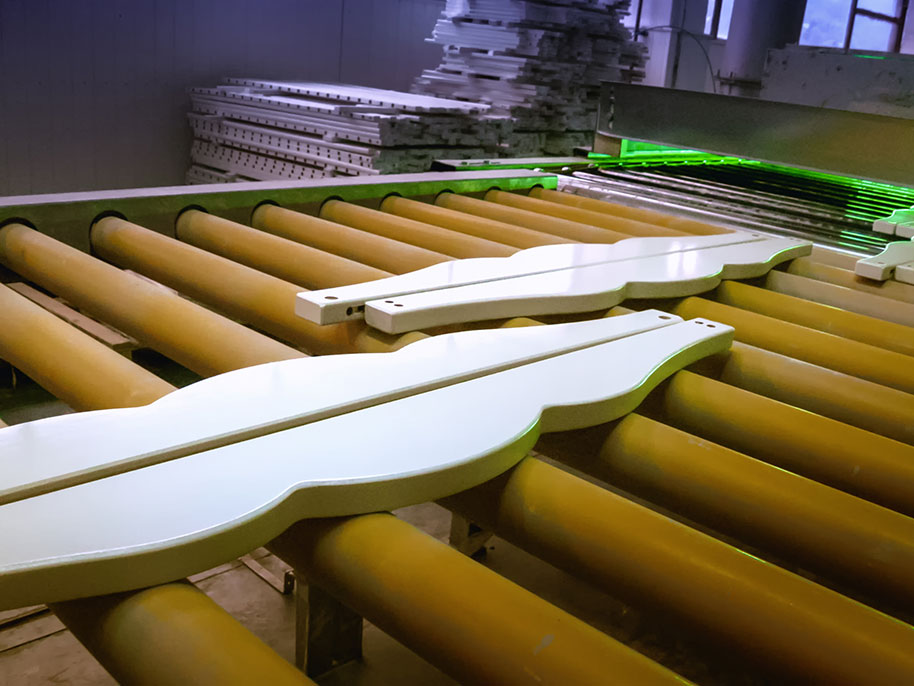One of the most important challenges in the application of flexible wearable electronic devices is the lack of batteries that can flex and stretch safely with the electronic device or with fabric it is integrated with. When we refer to "smart" clothing, the use of which is increasingly become popular, we envision garments and accessories equipped with sensors and electronic circuits capable of collecting various physical and biometric data such as body temperature and heart rate. Rapid advancements in flexible, stretchable sensor, transistor, actuator, and integrated circuit technologies are the driving force in the development of energy storage systems that can stretch, bend, fold, wrinkle, and most importantly, maintain their electrochemical performance while being exposed to all these deformations. In this field, efforts are focused on making lithium-ion batteries, which are the most commonly used energy storage system in personal electronics, flexible and stretchable.
ReadAgriculture is one of the oldest human activities, and food production remains one of the most essential, universal and environmentally impacting industries worldwide. The 21st century has brought new challenges - the need to feed a growing population while reducing land and water use and moving away from excessive dependence on agrochemicals.
ReadThe global expansion of the economy and population has spurred a surge in energy requirements. As per research conducted in 2018, within European Union households, space heating accounts for a significant 63.6% of the overall energy consumption, while space cooling via air conditioners and electric fans contributes to 20% of the world's current electricity consumption.
ReadThe coating process using ultraviolet light energy (UV curing) is a powerful technique used in industries as diverse as automotive, electronics, printing, packaging, medical converting, flooring, furniture and metal pipes and tubes.
ReadOsteoarthritis is a degenerative and destructive chronic disease affecting the joint components. It is a significant public health concern that threatens public health and national economies due to its progressive morbidity and mortality rates.
ReadWith the rapid development of “smart homes,” “smart cities” and “smart shopping,” the Internet of Things (IoT) has grown to be an inevitable part of people's lives, resulting in a massive increase in electronic and telecommunication devices.
Read






